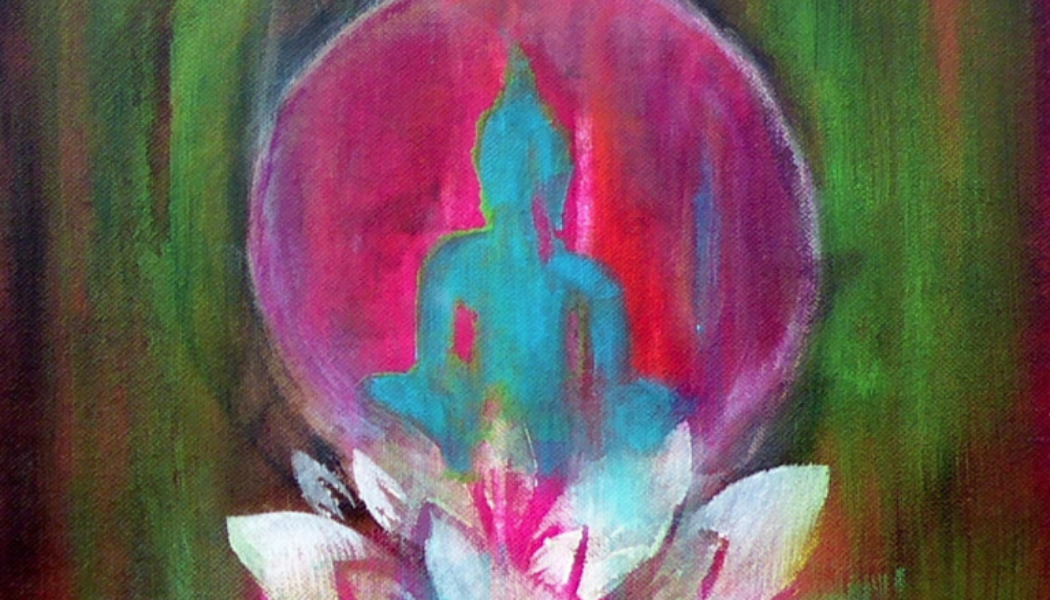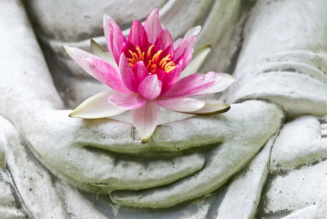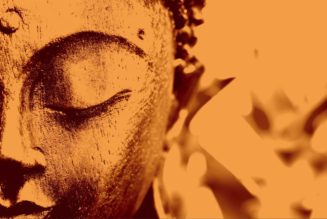The conscious withdrawal of the senses or pratyahara is thought to help purify the mind
Just as a healthy body can resist toxins, a healthy mind can ward off the negative sensory influences around it. In today’s modern times, most people suffer from sensory overload from television, cell phones, radio, computers, newspapers, magazines and books. Society functions on stimulation through the senses. When we watch violent acts on TV etc. we are absorbing that into our system/mind and each impression has an impact on our mind, positive or negative. If one is easily disturbed by the noises and turmoil in their daily lives, then you may need to practice withdrawing your senses in order to help avoid paying too much attention to these disturbances. Indriya-pratyahara, or control of the senses, is the most important form of pratyahara.
Strengthening Our Will-Power Through Yoga And Ayurveda ~ Pratyahara!
It takes a certain amount of will power to follow pratyahara. The term pratyahara is composed of two sanskrit words, prati and ahara. Ahara means “food,” or “anything we take into ourselves from the outside”. Prati meaning “against” or “away”. Therefore, the meaning of pratyahara is the conscious withdrawal of energy from the senses. Pratyahara is twofold. It involves withdrawal from wrong food, wrong impressions and wrong associations, while simultaneously opening up to right food, right impressions and right associations. “Tapas,” sanskrit for “inner fire” is one of the niyamas. This yogic concept refers to austerity, determination, and the willingness to do whatever is necessary to bring us back into balance and health.Therefore, yoga and meditation ultimately helps us to strengthen the power of will.
Four Types Of Pratyahara:
– Indriya (Senses)
– Prana (Breath)
– Karma (Action)
– Mano (Mind)
In life there are three levels of ahara, or food; nourishment
1.) Food that we eat and that is made up of the five elements necessary to nourish the body.
2.) The impressions on our minds through our five senses.
3.) Our daily associations and the people we meet and hold at the heart and emotional level.
The first step in helping to control the influences of all these impressions is to realize that we have become slaves of it. The simple way to control them is to set aside some time daily apart from all sensory inputs and connect with nature fully. Just as the body benefits by fasting from food, so the mind benefits by fasting from impressions. A “media fast” by abstaining from the digital world is a good practice to cleanse the mind. The practice of pratyahara can be done daily by simply dedicating some time aside to sit and redirect the senses inwardly. Also by doing a few rounds of the bhramari pranayama [bee breathe] it is considered to be very effective in instantly helping to calm the mind. It is one of the best breathing exercises to release the mind of agitation, frustration or anxiety and helps get rid of anger.
How To Practice ~ ***Bhramari Pranayama (Bee Breath)
A simple-to-do technique for bhramari pranayama can be practiced anywhere at work or at home. The beauty of bhramari pranayama is that it can be an instant option available to help de-stress yourself and bringing your focus inward. Sit upright in a quiet room with eyes closed (can be seated on a chair if needed). Place the index and middle fingers gently over the closed eyes, the ring finger on the outer edge of the nose and the thumbs to press the ear cartilage lightly. Then, take a deep breath in and with an exhale, to gently press the cartilage while making a loud humming sound like a bee. Continue the same pattern for 6-7 times.
Keeping the eyes closed for some time, observe the sensations in the body and the quietness within. The vibrational sound of bhramari’s breath buzzing can drown out the endless mental tape loops that can fuel emotional suffering, making it a useful starting point for those whose minds are too “busy” to meditate and withdrawing inward.
*** Bhramari should not be practiced by pregnant or menstruating women. It is also contraindicated for individuals with extremely high blood pressure, epilepsy, chest pain, or an active ear infection.
Pratyahara is related to all the 7 limbs of yoga.
All of the other limbs — from Yamas/Niyamas to samadhi — contain aspects of pratyahara. For example, in asana practice, both the sensory and motor organs are controlled. Pranayama contains an element of pratyahara as we draw our attention inward through the breath. Yama and niyama contain various principles and practices, like non-violence and contentment, which helps us control the senses. In other words, pratyahara provides the foundation for the higher practices of yoga and is the basis for meditation.
Pratyahara and Ayurveda
Pratyahara is the right management of the mind and senses and is essential for all constitutional (Dosha) types. It is the most important factor for mental nutrition.
Vata:
Vata individuals tends to exhibit excessive sensory and mental activity and often needs a consistent practice of pratyahara. Their restlessness commonly distracts the senses, disturbs the motor organs and prana. Pratyahara helps to reverse the adverse tendencies of vata and helps return this energy into a positive force of prana.
Pitta:
Pitta individuals generally have more control of the senses than the others. Often these individuals are more involved in disciplined like activities in which they stress both the body and the senses. There need for pratyahara is to let the ‘Divine Will’ work through them while simultaneously relaxing their own personal will.
Kapha:
Kapha individuals more oftenly may experience imbalance where one generally suffers from too little activity, including on the sensory level. This also implies “Tamasic” characteristics of being lazy, watching television or sitting around the house. They need more mental stimulation and benefit from sensory activity of a higher nature.
Take Home Message: ~ Where There Is A Will, There Is A Way
Where there is a will, there is a way and that way to optimal health is by pratyahara.




![Female Health: Amenorrhea [cessation of menses] – An Ayurvedic Perspective](https://healthyayurveda.com/wp-content/uploads/2015/07/1.-Amenorhea--327x219.png)




